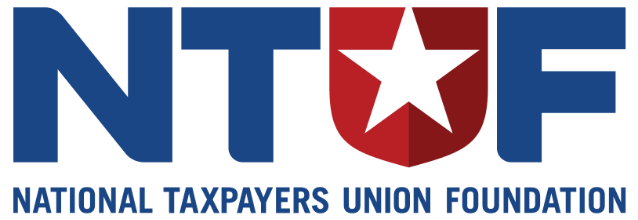Dolores O’Riordan of The Cranberries hauntingly sang, “What’s in your head, zombie?” While she was referencing the Troubles in Ireland, the question is just as relevant when examining the persistence of unauthorized programs funded through the appropriations process: “zombie programs.”
This phenomenon persists because Congress repeatedly fails to fulfill its statutory responsibility to review and reauthorize federal programs. As the budget process has broken down, lawmakers regularly pass massive omnibus appropriations bills, bypassing proper oversight and allowing billions to be spent on expired programs. This practice has led to over $516 billion in unauthorized expenditures in FY 2024 according to the Congressional Budget Office (CBO), including some programs that have had expired authorizations for decades (the longest expired, the Legal Services Corporation, was last authorized in 1980). In an era of rising deficits and fiscal constraints, this spending without meaningful oversight burdens future generations with higher taxes.
To address the problem of unauthorized program spending and encourage oversight, Rep. Kat Cammack (R-FL) has introduced the Unauthorized Spending Accountability Act (H.R. 143). The proposal would phase out funding for unauthorized programs after three years, which would be a crucial step toward restoring fiscal responsibility and transparency.
Haste Makes Waste: A Primer on Unauthorized Spending
Under procedures set forth by the Congressional Budget Act of 1974, federal programs are created and funded through a two-step process. First, authorization legislation establishes the parameters and intended purposes of a federal program, and may also recommend specific funding levels. Lawmakers can either set budget authority through a fixed dollar amount or more open-endedly through language that authorizes “such sums as may be necessary.” For discretionary programs, these authorizations typically last between one and ten years, though some programs are authorized indefinitely. The second step, appropriations legislation, provides the actual budget authority needed to carry out the program.
In theory, the authorization process encourages debate, deliberation, and accountability. It also grants Congress the power to renew programs or let them “sunset” after authorization lapses. This process should incentivize lawmakers to carefully consider the costs and benefits of federal programs, ensuring that taxpayer dollars are used prudently.
Unfortunately, this process only works if Congress follows its own rules. For years, Congress instead continues to fund programs with lapsed authorizations through omnibus appropriation bills. Every January, CBO compiles a list of programs whose authorizations have already expired and those that will expire within the current fiscal year. In its most recent report, CBO identified 491 expired authorizations that were associated with over $516 billion in spending in 2024. Some examples of zombie programs include:
A program established by the Affordable Care Act to increase diversity in the nursing profession whose authorization lapsed in FY2016. The Biden Administration increased appropriations for this program from $45 million to $100 million annually as part of the Consolidated Appropriations Act, 2024.
The Barry Goldwater Scholarship and Excellence in Education Foundation received $300 million in funding despite its authorization having lapsed in 1998. The irony is that this program’s namesake dedicated his career in public life to pushing back against budgetary excesses.
The Brown Tree Snake Control and Eradication Act of 2004 authorized funding from FY 2006 to FY 2010 to combat the invasive reptile in Guam. Nearly two decades later, this program continues to receive $3.6 million in annual funding
Reining in Unauthorized Spending
Rep. Cammack’s legislation would create a process to end zombie programs. The Unauthorized Spending Accountability Act would phase out appropriations for programs operating under lapsed authorizations. In the first year after an authorization lapses, the program’s funding would face an automatic 10% sequester. This would be followed by an additional 15% reduction in the second year. By the end of the third unauthorized year, the program would be terminated unless Congress acts to reauthorize it.
The bill’s budgetary reduction schedule begins in fiscal year 2026 and includes provisions to ensure that programs with expired authorizations before that year are also subject to the same phase-out process. These pre-2026 programs would be treated as if their authorizations expire in 2026, starting their three-year countdown at that point. Lawmakers would rely on CBO’s annual Expired and Expiring Authorizations of Appropriations report to identify these programs.
The goal of this bill is not simply to reduce spending, but also to encourage lawmakers to invigorate the oversight role of Congress through regular legislative review.
Conclusion
One of Congress’s most integral responsibilities is to wield the “power of the purse.” Congress owes it to the taxpayers who fund the government to be a better steward of their money. Rep. Kat Cammack’s Unauthorized Spending Accountability Act would offer a critical step toward restoring fiscal discipline by encouraging transparency and accountability in Congress’s budget process.

